LG C5 vs LG G4: Which OLED TV should you buy?
Both are incredible TVs, but only one is heavily discounted
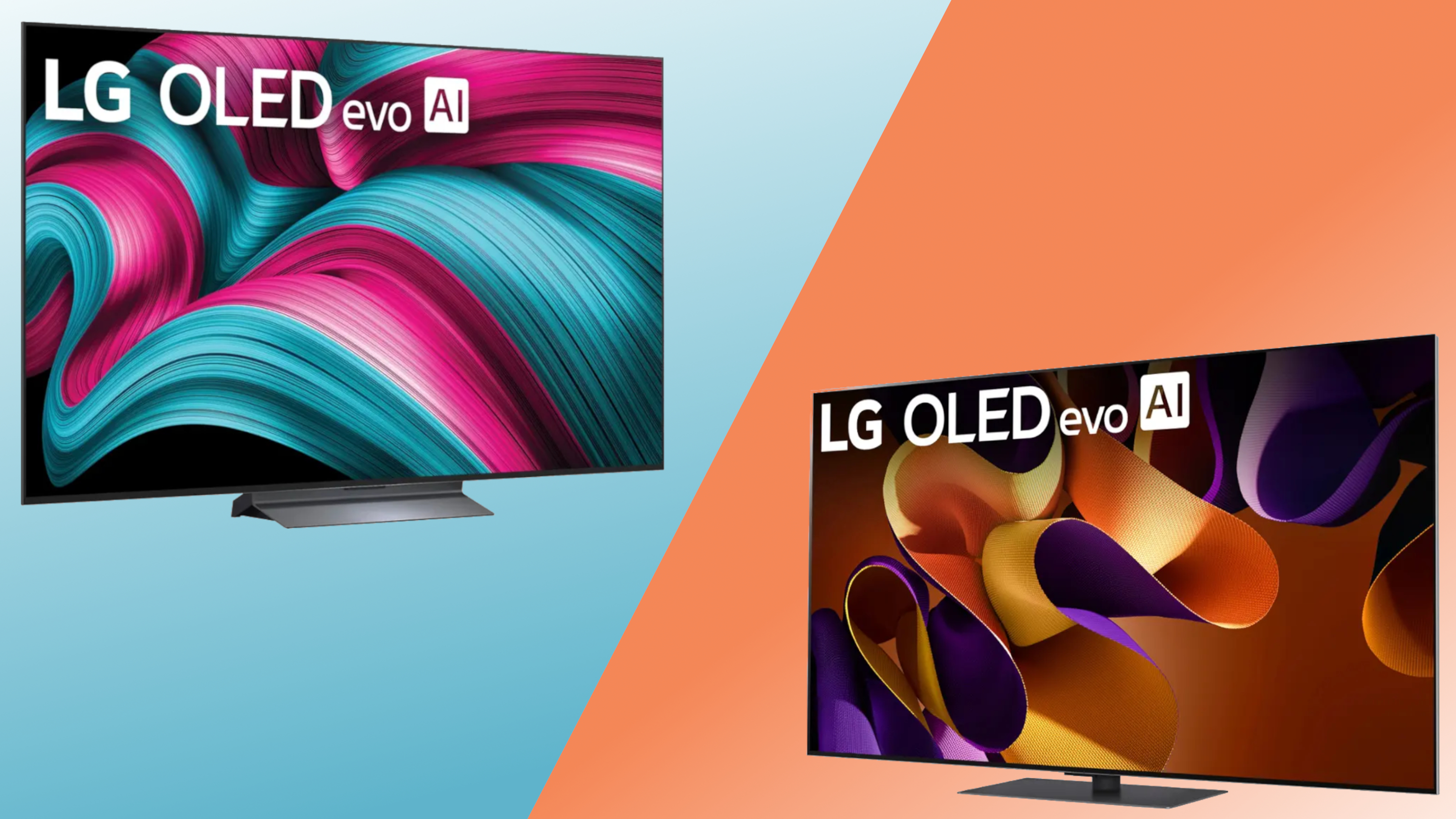
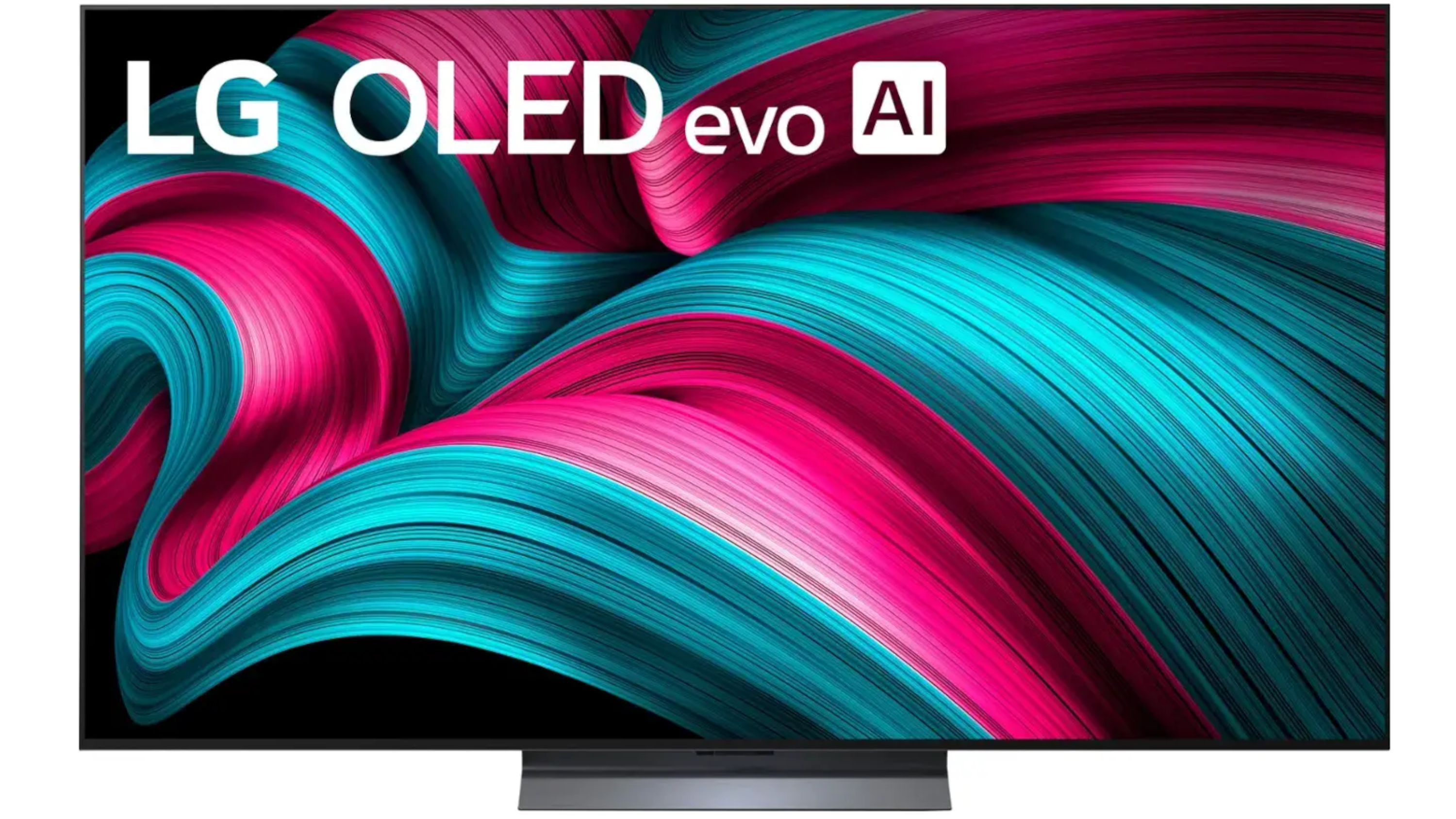
The C5 is LG's mid-range OLED in 2025. It delivers an incredible picture, a thorough collection of gaming enhancements and plenty of additional features. As one of the brand's newest TVs, you're unlikely to find substantial discounts on the C5.
For
- Terrific contrast and color
- New screen design eliminates most reflections
- Four HDMI 2.1 inputs
Against
- Redesigned remote won’t be for everyone
- No ATSC 3.0 tuner or HDR10+ support
- Unexceptional audio quality
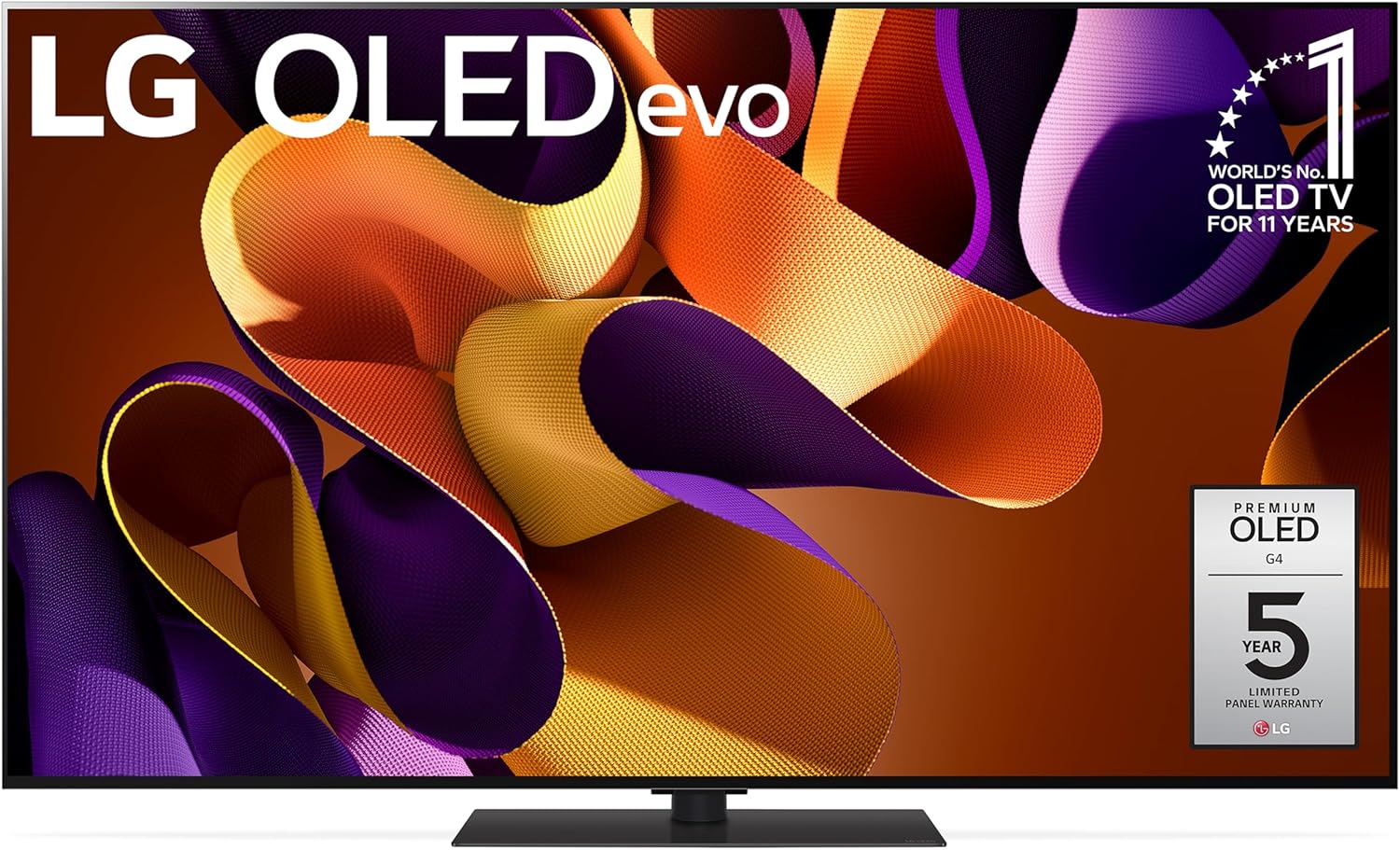
The G4 is LG's flagship OLED from 2024. It's one of the best OLED TVs we've ever seen, delivering higher brightness and better picture processing than all but a few OLED TVs on the market. Due to its 2024 debut, it can be purchased at a steep discount.
For
- Outstanding picture quality
- Strong gaming features
- Four HDMI 2.1 ports
Against
- Average sound
- No ATSC 3.0 tuner, HDR10+ support
It's a tale as old as the TV industry: When new TVs are released, last year's models come down in price. This year is no different: LG's latest mid-range marvel, the LG C5 OLED, is sharing shelf space with the brand's top-tier OLED in 2024: the LG G4.
At most retailers, the C5 is pricier than the G4 on account of its newer status. But that doesn't necessarily make it a better TV — especially since it's going up against last year's flagship model.
Fortunately, I've spent plenty of time with both models and I'm ready to help you choose between them.
LG C5 vs LG G4: Specs compared
| Header Cell - Column 0 | LG C5 | LG G4 |
|---|---|---|
Sizes | 42", 48", 55", 65", 77", 83" | 55", 65", 77", 83", 97" |
Ports | 4x HDMI 2.1 | 4x HDMI 2.1 |
Resolution | 3,840 x 2,160p | 3,840 x 2,160p |
Refresh rate | 144Hz | 144Hz |
HDR | Dolby Vision, HDR10, HLG | Dolby Vision, HDR10, HLG |
Smart TV software | webOS | webOS |
ATSC 3.0 support? | No | No |
Processor | a9 AI Processor 4K Gen8 | a11 AI Processor 4K |
Unsurprisingly, these two heavy-hitting LG OLEDs have a ton in common. Each TV offers a native refresh rate of 144Hz, a full suite of high-bandwidth, HDMI 2.1-compatible ports, and both TVs can be had in 55-, 65-, 77- and 83-inch models.
You're getting Dolby Vision support on both of these TVs, which is great news for A/V enthusiasts who want to tap into the most popular enhanced HDR format. HDR10+ is not in the cards, however.
The C5 has a slight edge when it comes to size availability, however, as the always-popular 42- and 48-inch models are available for folks who want a smaller-sized OLED. The G4 recently rolled out a gargantuan 97-inch model, but the availability of this size is relevant to far fewer people, as it's prohibitively expensive for most.
LG C5 vs LG G4: Design
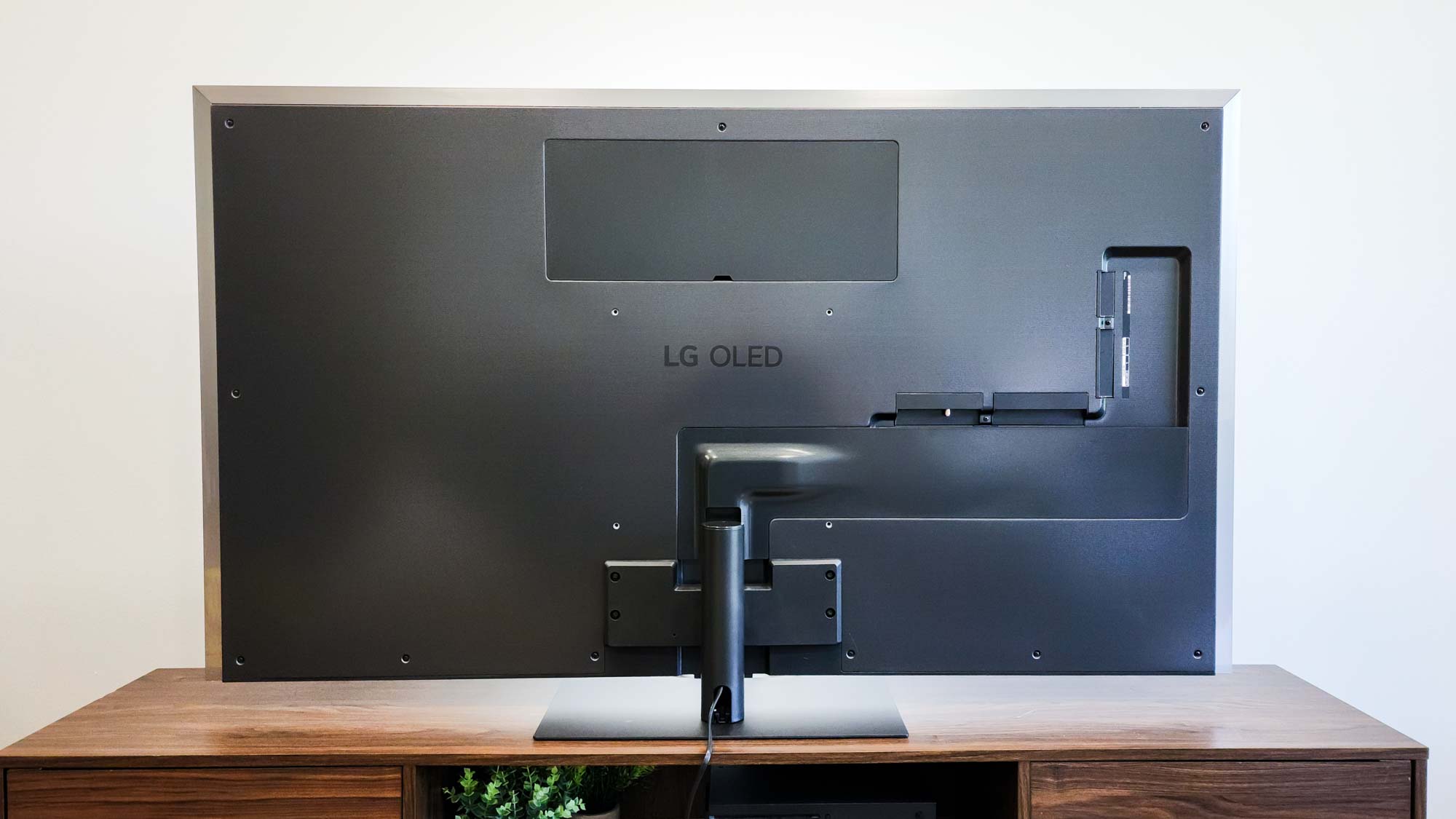
In 2024, LG included a stand with 55- and 65-inch versions of its G4 OLED (seen above). For the larger sizes in the series, the optional stand was sold separately. As such, you can expect to receive the G4's heavy, pedestal-style stand if you opt for a 55- or 65-inch model.
It's a great look, and unlike previous generations of the G Series, the stand style does not introduce a back-facing tilt to the panel.
Of course, you could always wall-mount the G4, as LG's engineers initially intended. It features a handsome, uniform design that keeps it flush against the wall.
The C5, on the other hand, widens out near the center of the panel to make room for its internal hardware. The tradeoff is a panel that is wafer-thin at its most narrow, but one that juts out slightly when wall-mounted.

Another key difference is that the G4 ships with an older iteration of LG's Magic Remote. The C5 comes with a newer, slimmed-down clicker. Both offer the motion-activated controls that LG TVs are known for.
Ultimately, the better-looking TV comes down to personal preference and lifestyle. I prefer the C5, as I'm not a wall-mounting kind of person. If I was inclined to wall-mount one of these TVs, however, I'd appreciate the G4's approach more than the C5's.
Winner: Draw
LG C5 vs LG G4: Performance
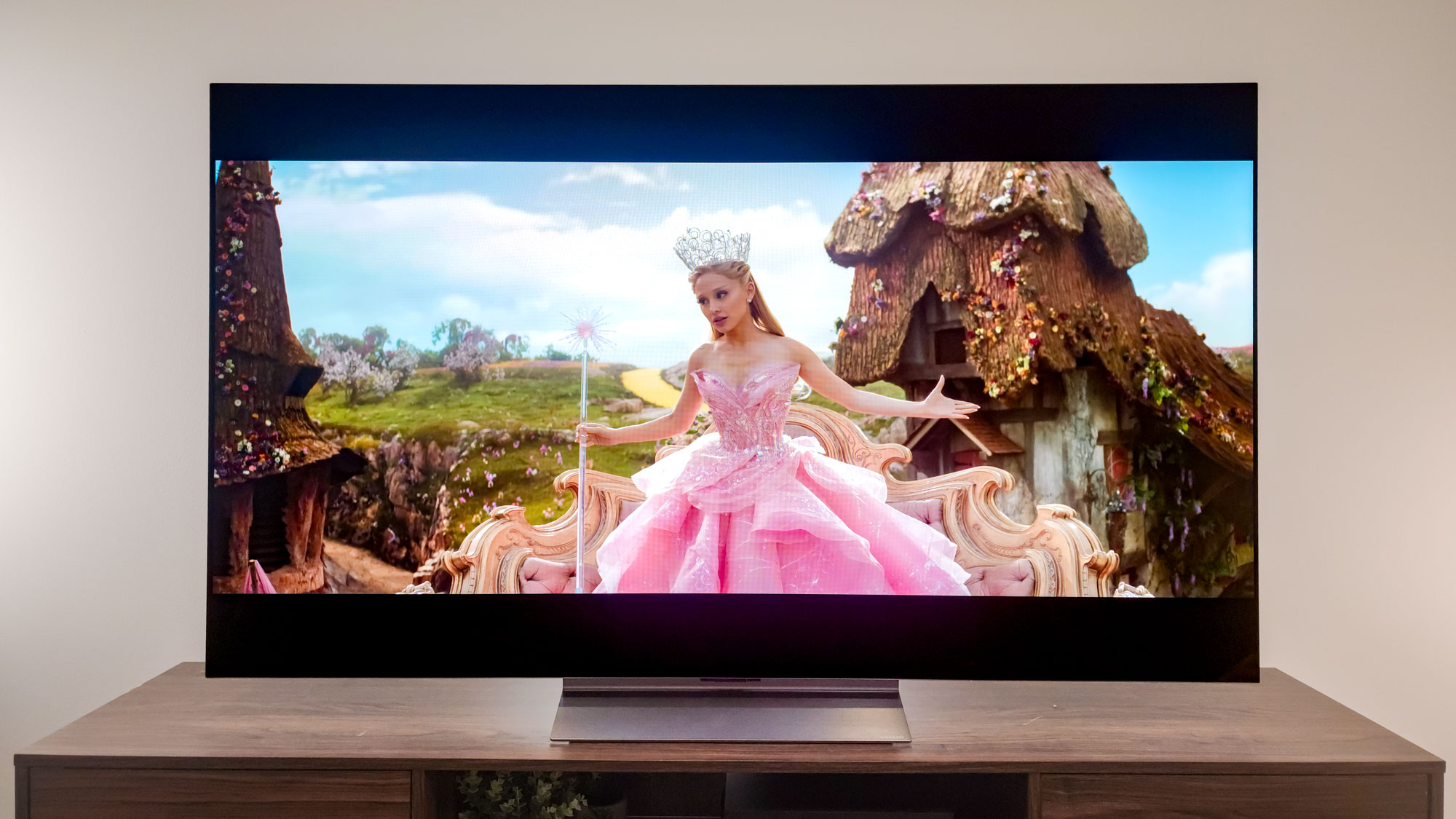
Before we dive into which of these TVs is packing a prettier picture, let's take a look at how their test results stack up.
| Header Cell - Column 0 | LG C5 | LG G4 |
|---|---|---|
SDR Brightness (10%, in nits) | 335 | 358 |
Delta-E (lower is better) | 1.2 | 1.4 |
HDR Brightness (10%, in nits) | 1,165 | 1,487 |
UHDA-P3 Gamut Coverage | 98.61% | 97.17% |
Rec. 2020 Gamut Coverage | 76.18% | 72.91% |
Input latency (milliseconds) | 9.2 | 9.2 |
The fact that the C5 is close to the G4 in so many performance categories speaks to the C Series' improvements year over year. LG's latest mid-range TV serves up comparable SDR brightness to its higher-end predecessor, and given these figures, you shouldn't worry about either model being too dim for average-lit rooms.
The C5 and the G4 both deliver seriously impressive out-of-the-box color accuracy in LG's Filmmaker mode. No surprises there — LG OLEDs have earned this reputation.
Somewhat surprisingly, however, is the C5's slightly more voluminous color. I don't expect many people to notice a difference between 76% and 73% of Rec.2020 at a glance (myself included), but it's an interesting development, nonetheless.
And, when it comes to gaming, console and PC gamers will enjoy some of the lowest input lag figures in the OLED class.
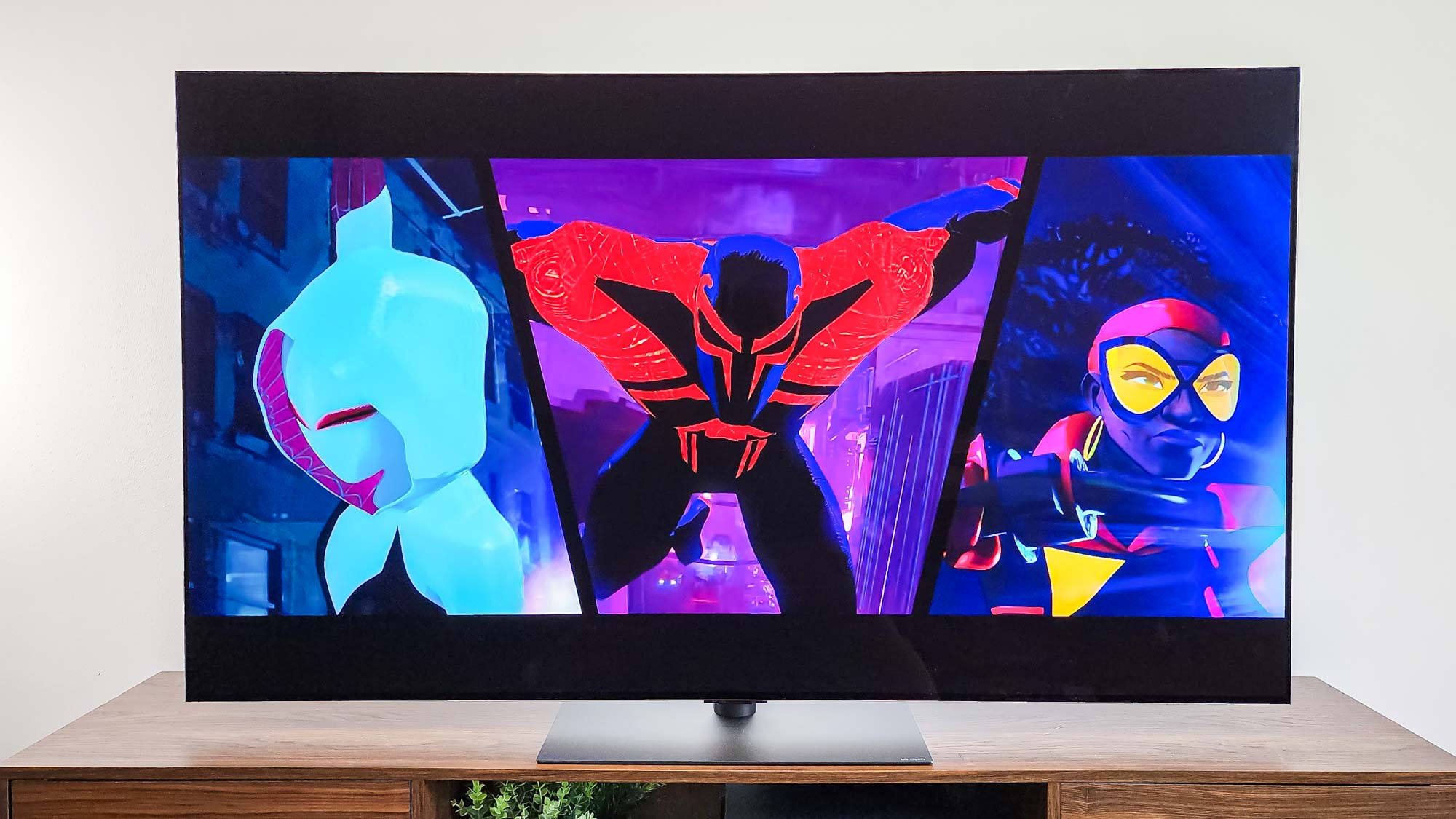
The G4's added brightness has a substantial impact on HDR movies, shows and games.
But what sets these two TVs apart the most when it comes to picture quality is the G4's superior HDR highlight brightness. In a hypothetical side-by-side comparison, this is what your eyes would notice first.
Highlight brightness is important to HDR because it enhances depth and clarity. When we talk about highlights, we refer to relatively small, intensely bright objects, like the glint of a samurai sword or a street light peeking through the leaves of a tree.
In HDR, the G4 doesn't get that much brighter than the C5 (once again: a testament to the C5's year-over-year improvement), but the added juice does have a pretty substantial impact on HDR movies, shows and games.
Winner: LG G4
LG C5 vs LG G4: Smart platform and features
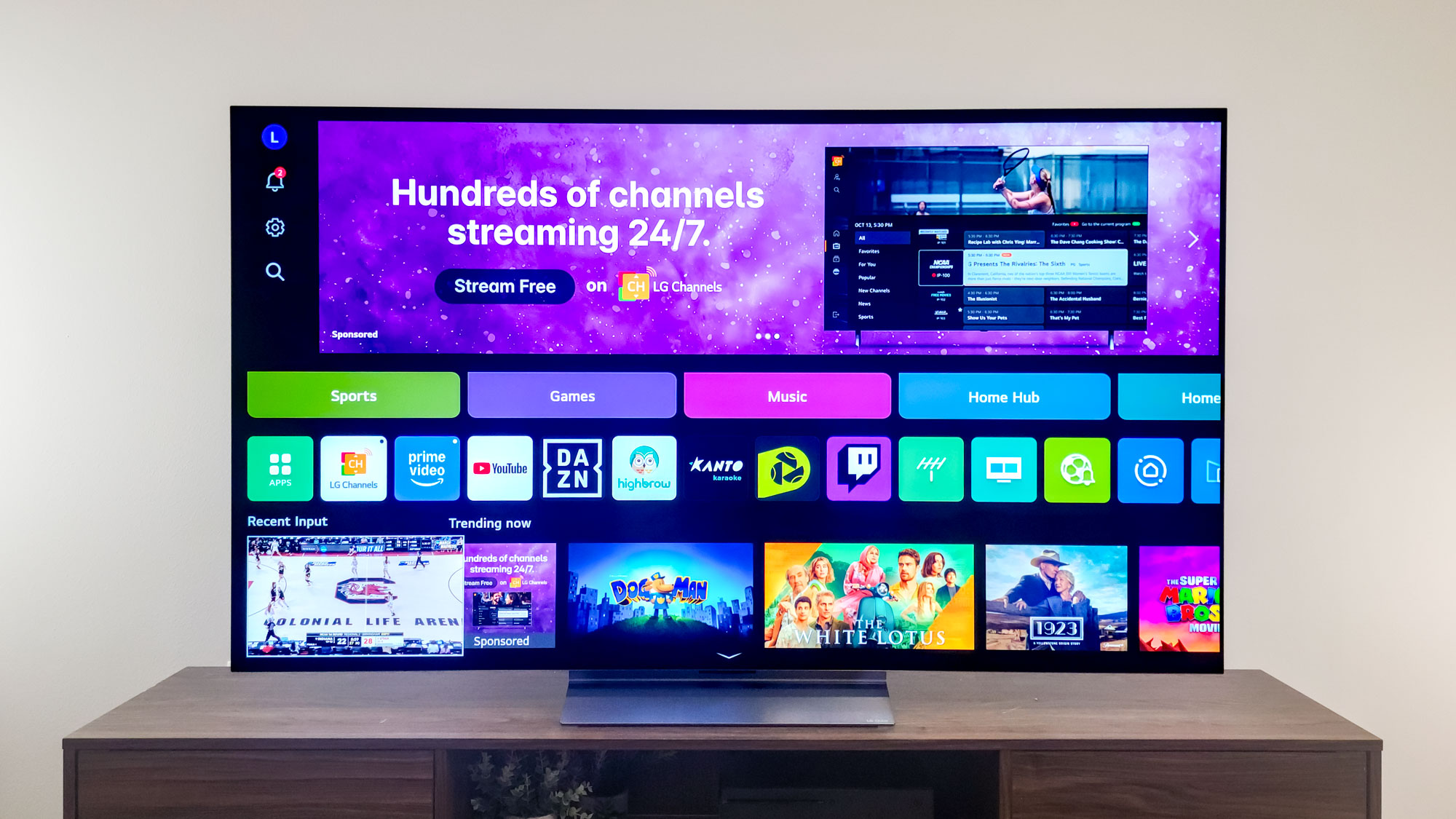
As a more recent TV, the C5 is running a newer version of LG's built-in smart platform, webOS. The G4 will eventually receive an update that freshens up the software experience, but there's no guarantee that all of the webOS features found on the C5 will make their way to the G4.
I wouldn't worry too much about it, though, as most of the C5's exclusive features don't excite me.
The C5 comes with a handful of AI-based features intended to streamline how users discover new content and maintain viewing preferences from one user to another. There's also an AI Chatbot that is supposedly designed to help folks diagnose problems with their C5.
Your mileage here may vary, but I don't think it's a deal-breaker for the G4 to be missing any of those.
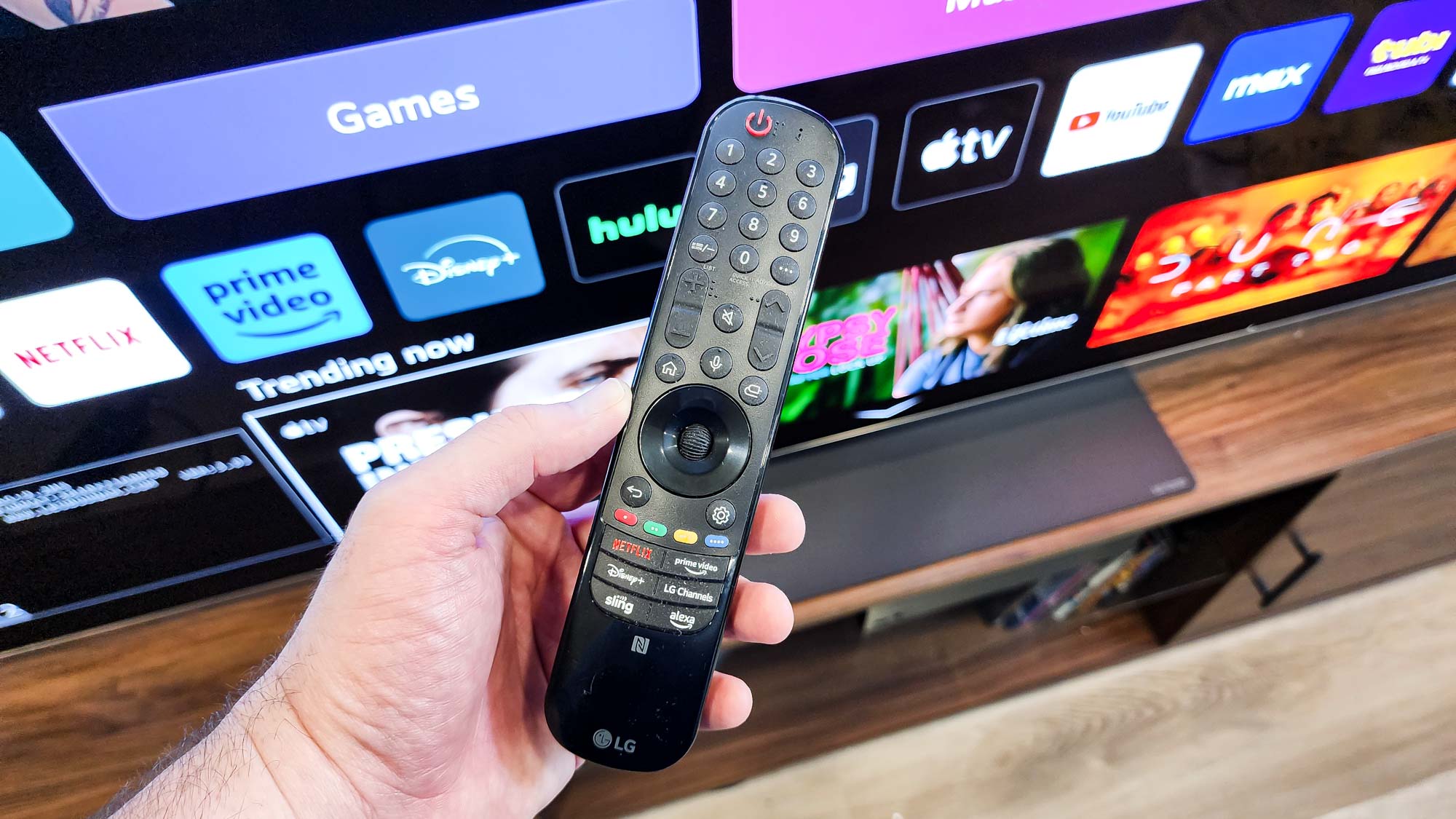
On the gaming side of things, these TVs couldn't be closer, either. As mentioned, each offers HDMI 2.1-compatibility across all four inputs, so 4K gaming at 120Hz and 144Hz is on the menu.
Each TV also comes with Variable Refresh Rate (VRR), Auto Low Latency Mode (ALLM), AMD FreeSync Premium and G-Sync compatibility. This all adds up to an incredibly smooth gaming experience free from visual artifacts.
All told, the software enhancements and various features across both of these LG TVs are near-identical.
Winner: Draw
LG C5 vs LG G4: Outlook
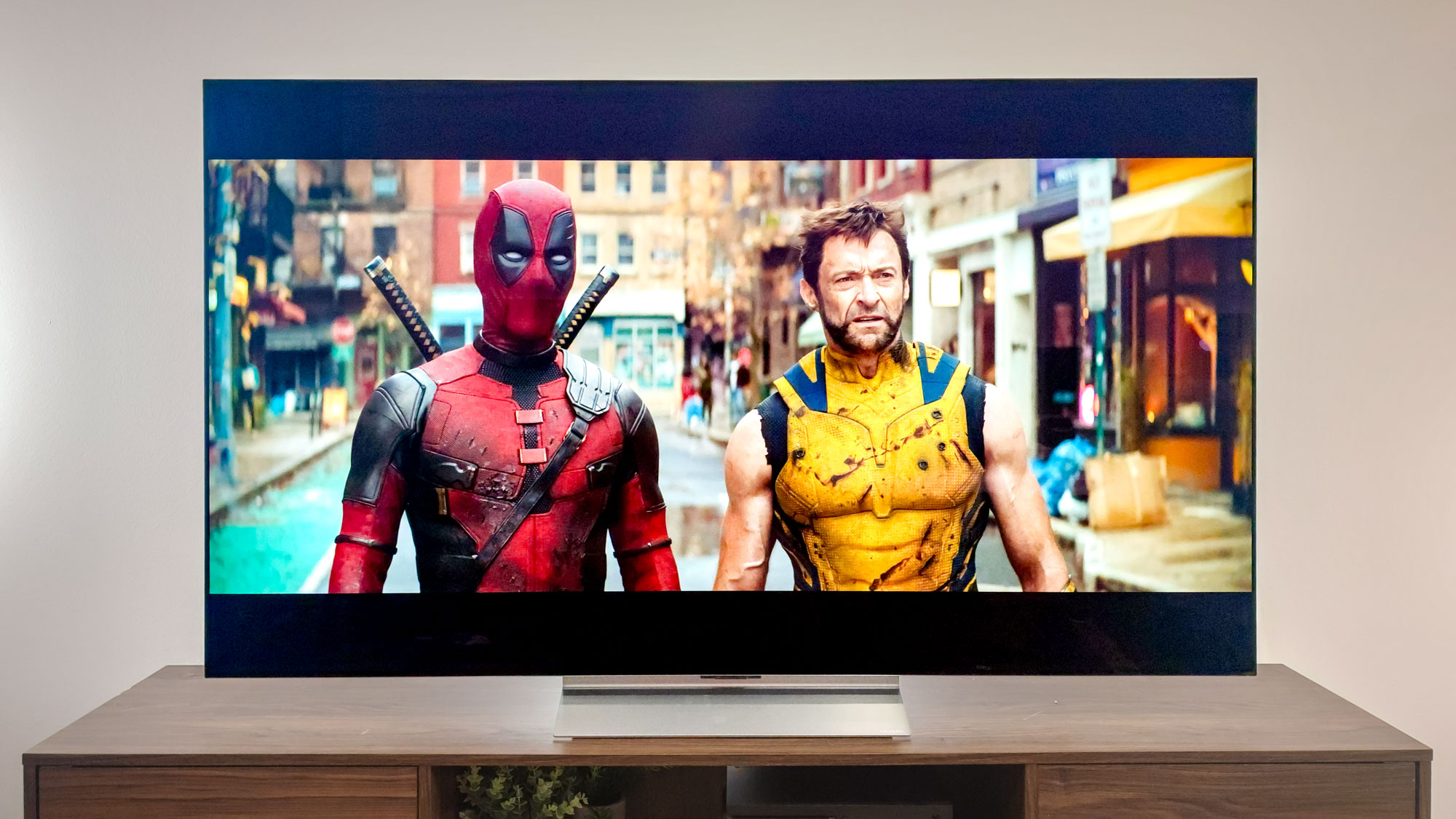
The LG G4 is a better-performing TV than the C5. Both TVs offer the incredible contrast and inky black levels that OLED displays are known for, but the G4's HDR highlights give its picture more of a punch.
The G4 and the C5 are almost identical TVs when it comes to software, features and gaming support, so consider those categories a wash.
Crucially, LG's 2024 flagship has crashed in price. The 65-inch LG G4 is $2,296 at Amazon, while the 65-inch LG C5 is available for $2,699. Such is the benefit of buying a year-old model.
Were it me, I would go with the discounted LG G4. Its design isn't my favorite of the two, but its added HDR brightness and overall flagship pedigree would be tough to pass up. Most importantly, I'm a fan of saving money, and the G4 gives me an opportunity to do that.
More from Tom's Guide
Sign up to get the BEST of Tom's Guide direct to your inbox.
Get instant access to breaking news, the hottest reviews, great deals and helpful tips.

Michael Desjardin is a Senior Editor for TVs at Tom's Guide. He's been testing and tinkering with TVs professionally for over a decade, previously for Reviewed and USA Today. Michael graduated from Emerson College where he studied media production and screenwriting. He loves cooking, zoning out to ambient music, and getting way too invested in the Red Sox. He considers himself living proof that TV doesn't necessarily rot your brain.
You must confirm your public display name before commenting
Please logout and then login again, you will then be prompted to enter your display name.